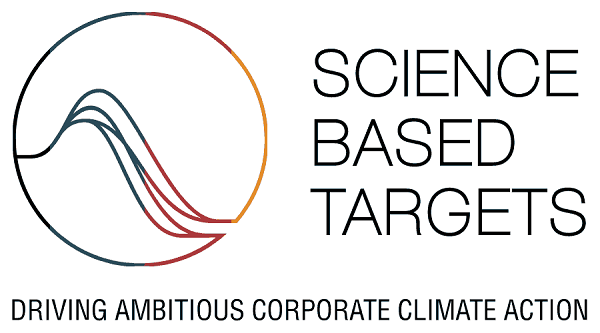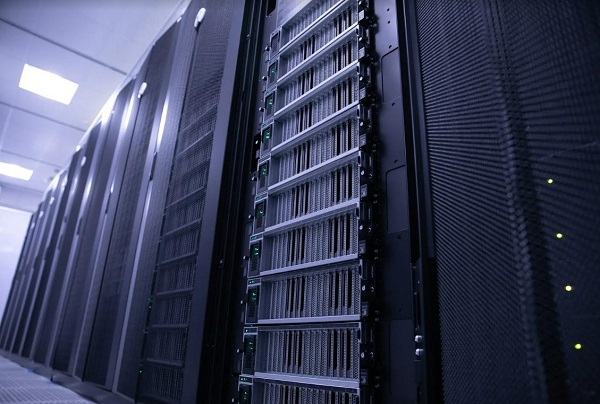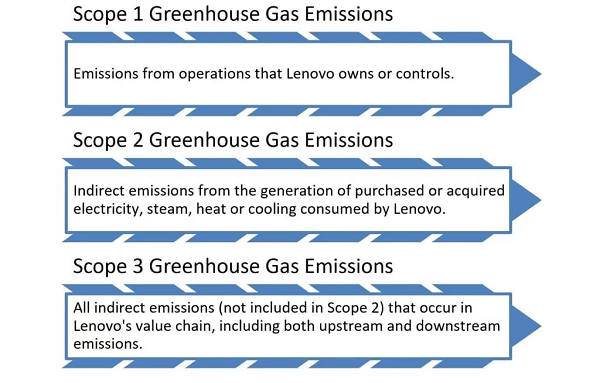 [SPONSORED CONTENT] Lenovo is in the vanguard of companies worldwide fighting climate change. Along with its existing efforts to cut greenhouse gasses (GHG) from its products and operations, the company’s plan to attain carbon net-zero emissions by 2050 has been validated by the Science Based Targets initiative (SBTi). This means Lenovo has joined only 139 other companies globally with net-zero targets validated by the SBTi Net-Zero Standard.
[SPONSORED CONTENT] Lenovo is in the vanguard of companies worldwide fighting climate change. Along with its existing efforts to cut greenhouse gasses (GHG) from its products and operations, the company’s plan to attain carbon net-zero emissions by 2050 has been validated by the Science Based Targets initiative (SBTi). This means Lenovo has joined only 139 other companies globally with net-zero targets validated by the SBTi Net-Zero Standard.
The SBTi, in its mission to help limit global warming to 1.5 degrees Celsius, is the first body to standardize what net-zero means. The organization is a partnership between the UN Global Compact, the World Wide Fund for Nature and the CDP (formerly the Carbon Disclosure Project), an international non-profit that helps companies and cities disclose their environmental impact. For Lenovo, working with the SBTi means the company is holding itself accountable for achieving climate goals while taking a scientific, collaborative and measurable approach to emissions reduction.
“As a global technology leader, Lenovo has been committed to reducing its emissions for more than a decade,” said Lenovo Chairman Yuanqing Yang. “In the fight against climate change, we believe collaboration and accountability are the two critical elements needed for collective success. We remain dedicated to following climate science, standardizing our measurements, and seeking ongoing validation for our targets and progress.”
Lenovo’s emissions cutting strategy includes reducing the environmental impact of its products, harnessing innovation to increase sustainability in its manufacturing and decreasing emissions across its operations and value chain. These strategies are discussed in the company’s Journey to Net-Zero video series, showing how Lenovo is changing business processes to meet net-zero targets.
In IT, particularly in HPC and advanced AI, high-performance data center gear (servers, storage, interconnects) is required to support increasingly compute- and data-intensive workloads, which require more electrical power. The result: the IT industry is moving steadily up the list of industries ranked by power consumption. According to a study released in November 2022 by Straights Research, data center power use worldwide is expected to jump 50 percent by 2030.

In its high-performance server product line, Lenovo’s sustainability work has been both ambitious and contrary to power consumption trends. Lenovo’s line of Neptune™ liquid cooling technologies, that are the result of the company’s pioneering development of water cooling dating back to 2012, deliver significant power consumption savings. This strategy has led to Lenovo being both the #1 vendor of supercomputer systems on the TOP500, but also to having the top energy efficient supercomputer — “Henri” at the Flatiron Institute — on the Green500.
On the company operations side, Lenovo has established an Environmental Affairs Policy supported by the company’s global Environmental Management System (EMS), central to Lenovo’s commitment to design, develop and manufacture environmentally conscious products in facilities that minimize the environmental impact on their surroundings.

Lenovo “Henri” supercomputer at the Flatiron Institute
Within the EMS framework, Lenovo conducts an annual Significant Environmental Aspect (SEA) evaluation in which it examines operations with significant environmental impacts. Metrics and controls are established with tracking of targeted performance. More details about Lenovo’s efforts to create a smarter, more sustainable future are in the company’s FY 2021-22 ESG Report.
Looking ahead, Lenovo’s 2050 carbon emissions goal is complemented by nearer term objectives. By fiscal year 2029-2030, the company has committed to reducing absolute scope 1 and scope 2 GHG emissions (see related image below) of 50 percent, using FY2018/2019 as its base year.
Within this seven-year timeframe, other commitments include:
- Reduce scope 3 greenhouse gas emissions from use of sold products by 35 percent on average for comparable products within the same timeframe.
- Reduce scope 3 GHG emissions from purchased goods and services 66.5 percent per million US dollars in gross profit within the same timeframe.
- Reduce scope 3 GHG emissions from upstream transportation and distribution by 25 percent per ton-km of transported product by within the same timeframe.
By 2050, Lenovo has committed to reduce absolute scope 1, 2 and 3 GHG emissions by 90 percent by FY2049/50 from a FY2018/19 base year.

SBTi said it’s important to make commitments – and put long-term plans in place – now to be in position to achieve net-zero carbon emissions by 2050.
“Climate science tells us that we need rapid and deep emissions cuts if we are to achieve global net-zero and prevent the most damaging effects of climate change,” said Luiz Amaral, Chief Executive Officer of the Science Based Targets initiative. “Lenovo’s net-zero targets match the urgency of the climate crisis and set a clear example that their peers must follow.”
“Success in achieving net-zero depends on a transparent, science-based and collaborative framework that will keep organizations accountable for the long run,” said Carolina Milanesi, founder of The Heart of Tech, an ESG-focused consultancy. “SBTi has created that framework and will empower companies to expedite emissions reduction.”
In the coming years as Lenovo works to lower its GHG emissions, data will be captured and contributed to a larger body of data to help understand and limit climate change, in accordance with the Paris Agreement’s goal to limit warming to no more than 1.5 degrees Celsius above pre-industrial levels. More than 4,000 companies around the world are in the process of aligning their emissions reduction goals with SBTi’s science-based methodology and validation processes.
In addition to its work with SBTi, Lenovo has been recognized in Gartner’s Top 25 Global Supply Chain, Fortune’s World’s Most Admired Companies, and as a leader in Climate Change and Water Security by CDP.



